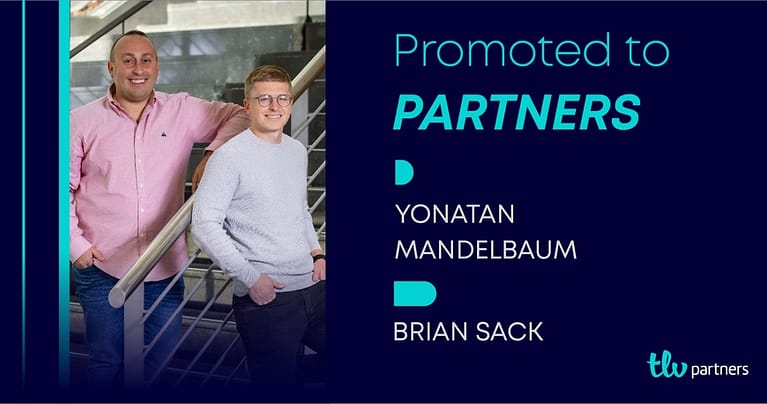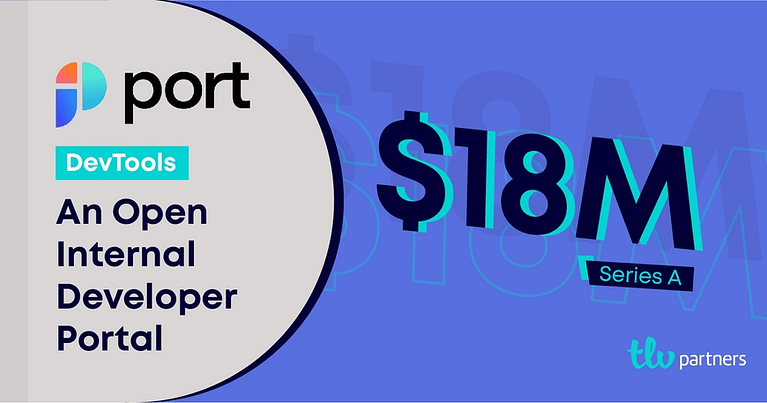For many years I was pretty sure that selling innovative products to governments is a slow and heavy process. This company proved me wrong

Sitting in Zencity’s office 18 months ago I was skeptical about the company’s ability to scale its business and materialize its potential. When it comes to GovTech, the overall market size wasn’t an issue, but while Zencity’s product, which measures community needs and priorities for local governments, made a lot of sense to me, GovTech carries along with it a stigma of being slow-moving with long, torturous sales cycles and being the opposite of early adopters. At the time, Zencity had only about 15 customers, mainly local Israeli municipalities. I saw an enormous challenge transitioning from a boots on the ground sales model in Israel to selling to the US with an inside sales team in this market.
To my surprise, sitting with them 1.5 years later, they had completely proved me wrong! The company had grown over 400%, now serving over 140 municipalities, mainly in the US including Los Angeles, Chicago and Houston. All this with no US-based salespeople and a sales cycle of less than three months. In fact, this entire operation was being run just a block away from our office. It became obvious to us that the company’s execution on both the go-to-market and R&D fronts was top tier, and that we wanted to be a part of the journey. With that, we are proud to be leading Zencity’s Series B.
The Era of Data-Driven Governments
Data-driven decision making has become commonplace in the commercial sector. Governments and the public sector, despite the large impact that their decisions have, are often “practically blind” to their residents (״customers״) feedback. In fact, the data that they gather is frequently biased by loud minorities within the population, i.e. the same small group of people that show up to every municipal council meeting and make a racket until they are heard. In addition, the technology used to aggregate and measure government performance is mostly archaic. The most common tools used are over the phone surveys that few people take seriously.
Zencity’s platform changes that, and really enables “data-driven policy-making.” By automatically absorbing and using AI to analyze millions of resident and city-generated data streams from a multitude of external and internal sources like social media, local news channels and more, the platform is able to enhance the ability of Government officials to make better decisions for the populations that they oversee and to turn resident feedback into action.
Here is an example of Zencity’s offering in action from a city in CA:
Following a shooting at the local Costco, city residents felt discomfort with the lack of municipal transparency about the details of the event. They were accusing the city of withholding information, impacting the overall approval polls for the municipal government. Zencity’s system identified this negative sentiment early on. As a result, the police chief took immediate action. He organized a series of media interviews in order to share relevant data with the public and the actions taken by law enforcement to prevent future events. In the weeks following, Zencity’s system captured how the public sentiment had changed to be positive as a result of the Government official’s openness, which increased the trust between the city and it’s residents.
As mentioned earlier, we had no question regarding the size of the market, as some data below shows.
- State and Local Government spend on Software alone is expected to reach $30B annually in the coming years
- Spending on software in state and local government is growing fast, around 7.3% CAGR between 2016–2022.
- If you consider the contribution to GDP by vertical, state and local government makes for the second-largest contribution, only trailing manufacturing.
- Adoption of cloud applications is growing within Government, evidenced by the $10B JEDI project.

Focusing on a Vertical SaaS can generate a winner takes all opportunity and the aptitude to win over other big horizontal players. A good example of this is Veeva that offers a tailored CRM for the pharmaceutical industry. They managed to capture a significant portion of the addressable market due to the specificity of their feature set. Zencity chose this strategy over expanding to other verticals and is focusing all its efforts on adding more and more features and product offerings for its government customers, which will eventually result in positioning the company as a category leader in this huge market. And its performance thus far is a sound signal for its ability to accomplish that.
While we can discuss the market size and the product differentiation at length, when making an early-stage investment, nothing is more important than the team. Eyal and Ido are both obsessed with Government. While Eyal can smoothly recite the exact population numbers of every City, State and County in the United States by heart, Ido can describe the chain of command in all the various government entities. We also had the chance to follow them for some time and see how well they’ve executed on this “hard to penetrate” market.
Often as an early-stage investor, one must dissolve their preconceived perception when new persuasive data comes to light. Eyal and Ido convinced us that Govtech is an overlooked vertical and one that is ripe for disruption. We are thrilled to be leading this new $13.5M round in Zencity and look forward to our partnership with Eyal and Ido to build a category leader in a huge market.





